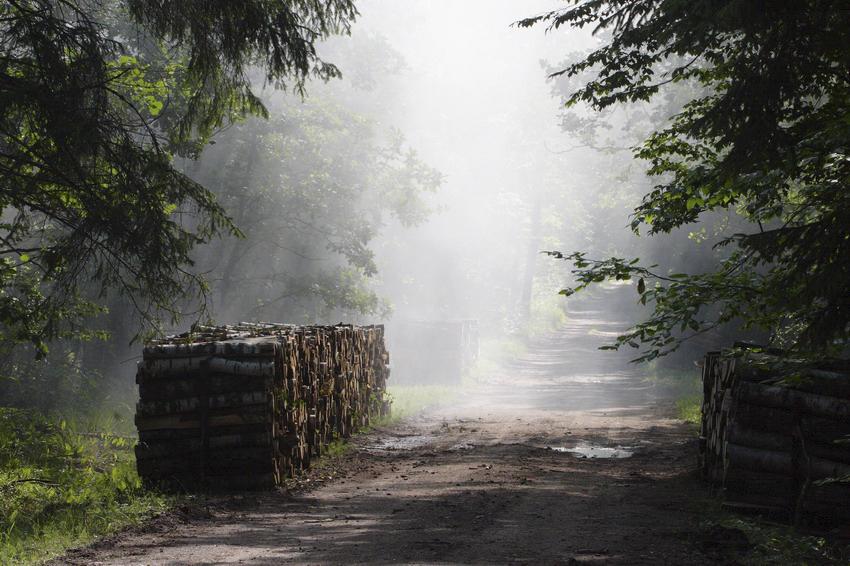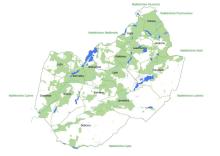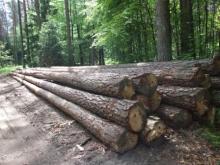 Asset Publisher
Asset Publisher
The State Forests National Forest Holding
The State Forests National Forest Holding is the largest organisation in the European Union managing forests, which belong to the State Treasury and celebrating its 90 anniversary this year.
Presently, we manage the area of one third of Poland's territory. Not long after the end of the Second World War, there was only 21 % of the area. Every year we plant 500 million of new trees, as we want Polish forests grow all the time.
Every year Polish foresters plant 500 million of trees.
85 % of nature reserves in Poland are located within the State Forests. 40 % of the forests managed by General Directorate of the State Forests are protected within the framework of European network Natura 2000. We fight against many threats: natural disasters, plaques of insects, trees' diseases, fires, pollutions, as well as poaching and vandalism.
We take care the forestry supplying the market with timber, as ecological and universal material, to be carried on in accordance with rules of balanced development (photography P.Fabjański).
One of our major tasks is making forests accessible to the society. We invite you to take advantage of these beautifully located within the forest wilderness holiday resorts, forester's lodges or guest rooms. That is for you, we create thousand kilometres of hiking trails, cycling paths or camping sites. All the above mentioned, you can find in service www.czaswlas.pl.
We also take care the forestry supplying the market with timber, as ecological and universal material, to be carried on in accordance with rules of balanced development. We obtain over 30 million of cubic meters of wood annually, twice as much as at the beginning of the nineties of the XX century.
Despite of this, the average of wood abundance per hectare of our forests is one fourth bigger than 20 years ago and 40% bigger than the average of European Union currently amounts.
In Poland in sectors connected with the forestry, there work about 375 thousand of people. It means that each 40 working Pole works in the forest.
In Poland in sectors connected with the forestry, there work about 375 thousand of people. It means that each 40 working Pole works in the forest. The sector of wood processing works out approximately 8 % of our GDP (Gross Domestic Product). Among others, thanks to the timber from the State Forests Poland is the 10 largest producer of furniture in the world, and the 4 largest furniture exporter.
The State Forests employ 25 thousand people. That way we are the 9 biggest employer in Poland. Among the largest companies in our country it takes 22 place in respect of its incomes and 11 place in respect of its profits. The value of assets, we manage, reaches 300 million zl. If we add social values, it will be worth one billion zlotych. We do not use money from the budget, but we earn money on our own to support the business. In spite of the financial crisis, since 2002, we continuously note down profits. Moreover, we pay taxes amounting 1,3 billion zl annually.
87 % of Poles think, the foresters are competent. We willingly share our knowledge of Polish forests, of their history and of nature values with the others. We publish books, periodicals, brochures; we also administer the website www.lasy.gov.pl . For children, the youth and teachers, we prepared internet service "E-lynx' Lynx Forest" (www.erys.pl). Our staff has supported schools in field of nature education for years. We also organise many actions to let people broaden their knowledge about forest, nature and ecology.
 Asset Publisher
Asset Publisher
Grzybobranie
Bezpieczniej wzdłuż dróg i torów
W bieżącym roku z cięciami odnowieniowymi zbliżymy się w kilku miejscach do dróg publicznych. Nasze działania w przyszłości sprowadzać się będą do odsuwania wysokich drzew od dróg. W tych miejscach zaplanujemy i posadzimy bezpieczny dla ruchu kołowego nowy las, będzie tutaj więcej niskich drzew liściastych i krzewów. Dzięki tym działaniom w czasach zmieniającego się klimatu - a co również z tym związane - gwałtownych burz i silnych wiatrów, użytkownicy dróg nie będą narażeni na upadki drzew na jezdnię tak jak ma to miejsce obecnie.
W związku z tym, że zmieni się krajobraz wzdłuż drogi, którą często jeździcie może się Wam wydawać, że wycinamy więcej drzew niż dotychczas, ale nie jest to prawdą. W Nadleśnictwie Człuchów od 2023 roku realizujemy plan, który funkcjonować będzie do roku 2032. Wg tego planu co roku pozyskujemy ok. 125 000 m3 drewna, a w miejsce wyciętych drzew sadzimy nowy las. Prace nad planem pozyskania drewna który realizujemy trwały ponad 2 lata- dlaczego tak długo? Dlatego że wszystko musi być dokładnie wyliczone. Przez ten czas ustaliliśmy dokładnie ile drewna mamy na administrowanym przez nas terenie, potem ustaliliśmy ile drewna przyrośnie nam przez okres 10 lat. Ostatecznie do pozyskania pobraliśmy tylko część tego co przyrośnie. Dzięki takim działaniom mimo pozyskania rok rocznie przybywa drewna w naszych lasach. Nie pracujemy bezmyślnie - wszystko jest przemyślane na przyszłe dziesięciolecia. Corocznie w całej Polsce Lasy Państwowe sadzą 500 mln drzew.
Las pełni wiele różnych funkcji: pochłania dwutlenek węgla, produkuje tlen, chroni glebę i wodę, stanowi ostoję dla wielu gatunków zwierząt i roślin. Las dla człowieka jest bardzo waży, pełni funkcje turystyczne, rekreacyjne, dostarcza grzybów i jagód itd., a przede wszystkim drewno - niesamowity surowiec odnawialny, o wielu zastosowaniach. Lasy pochłaniają i magazynują dwutlenek węgla. 1 ha lasu pochłania średnio 4-5 ton CO2. Łącznie polskie lasy pochłaniają rocznie ok. 40 mln ton CO2.
Dzięki lasom mamy domy z drewna, podłogi, schody, meble, papier, opakowania, przeróżne narzędzia, instrumenty i wiele innych rzeczy. Produkty z drewna otaczają nas na co dzień. To właśnie drewno jest produktem ekologicznym, do jego wytworzenia potrzeba tylko energii słońca, ziemi, wody i stosunkowo niewiele czasu. Ten czas, który dochodzi do 100 lat budzi w Was często niepokój. Prawda, że zmieniamy krajobraz na dziesiątki lat, ale w tym miejscu sadzimy odporniejszy na zmieniające się warunki klimatyczne nowy las, który w podobnym wieku zobaczą nasze wnuki i dzięki temu one również będą się mogły cieszyć ze wszystkich funkcji lasu i z drewna.


 fot. Paweł Fabijański
fot. Paweł Fabijański
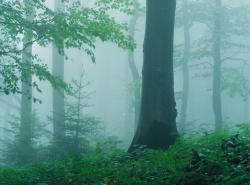 fot. Paweł Fabijański
fot. Paweł Fabijański
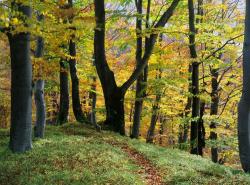 fot. Paweł Fabijański
fot. Paweł Fabijański
